ASAT weapons (Anti-Satellite), despite being highly difficult to define, are weapons designed to destroy or limit satellites for military purposes. In recent years and reflected by continuing ASATs tests carried out by China, Russia, US and India, a dangerous race for acquiring these mentioned weapons has emerged. This could lead to further militarization of outer space.
1. Why Does it Matter?
ASATs have been around almost as long as satellites themselves. However, the current security environment is experiencing a revived interest in their acquisition. Although states have not deployed ASATs yet, there is a perception that the development and demonstration of the mentioned capabilities could spark an arms race in space. This could escalate into a conflict among the nations and making the former area a future battleground.
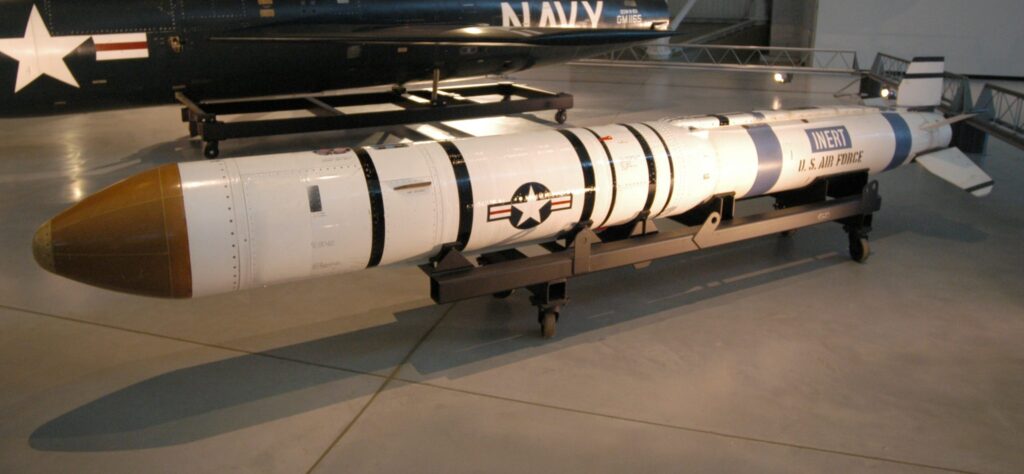
2. The absence of a clear definition:
Since ASATs are highly difficult to define, they occupy a gray zone in international arms control. The term generally refers to all the weapons designed to destroy or limit satellites for military purposes.
However, any technology that can physically or non-kinetically harm a satellite can be considered an ASAT weapon, which makes the possibility of finding a clear and commonly accepted definition highly difficult. Indeed, even technology whose raison d’être countries consider benign, such as the so-called “Active Debris Removal (ADR) technology (aimed at removing defunct satellites or other space junks); any given actor can use it to knock out and remove satellites [source].
Thus, as today, countries have not reached any consensus in defining a space weapon [source].
3. ASATs’ “tricky dual nature”
Since most space technologies such as ASATs have ostensibly civil but hidden military capabilities or functions; authorities often include them in the so-called “dual use category”. Due to this dual-use nature of space infrastructure, the definition and differentiation between the mentioned technologies is almost impossible. Another worrying consequence of this aspect is that the regulation of ASATs and other space-based weapons becomes highly difficult. Making its control almost impossible and favoring their proliferation [source].
Based on the function and the “real intention” of the ASAT, we can distinguish 2 categories: dedicated and non-dedicated.
3.1. Dedicated ASATs
This category of ASATs includes all the systems that states have either tested and deployed in the past / present and that are capable of destroying satellites in earth’s orbit [source].
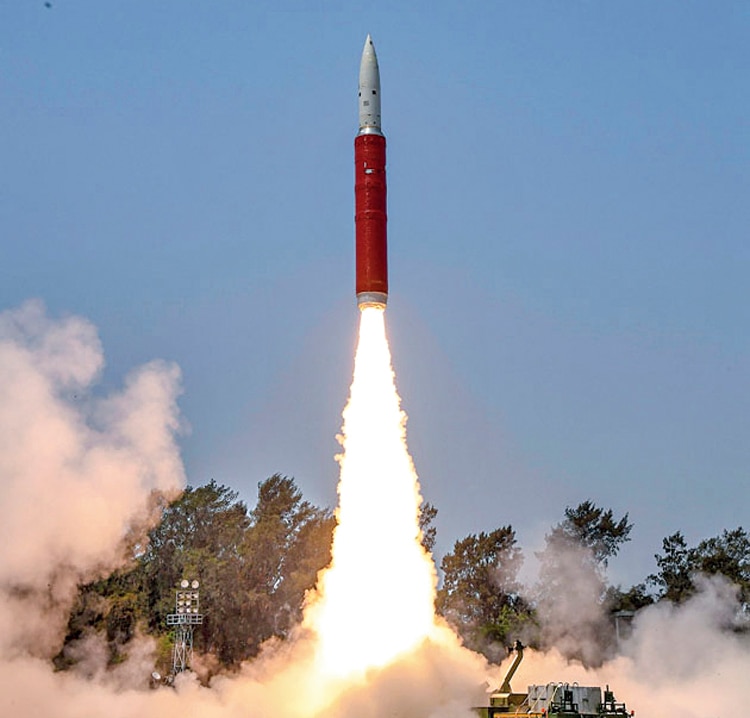
3.2. Non-dedicated ASATs
Non-dedicated ASATs are the ones that states have not necessarily designed for ASAT purposes but which the former could use as such. Thus, any ballistic missile capable of reaching outer space and capable of destroying a satellite could fall under this category.
In addition, countries may also use programmed satellites stationed in orbit capable of being maneuvered as ASATs. By doing so, the satellites approach the “rival” satellite in orbit and destroy it by deliberate collision [source].
4. Types of ASATs
Counterspace weapons vary significantly in the types of effects they create, the level of technological sophistication required, and the level of resources needed to develop and deploy them.
They also differ in how states employed them and how easy they are to detect and attribute and the permanence of the effects they have on their target.
Hence, experts distinguish between four distinct categories of ASATs:
- kinetic physical
- non-kinetic physical
- electronic
- cyber
[source].
4.1. Kinetic physical ASATs (KE-ASAT)
Kinetic physical ASATs are the ones that make use of “physical brute force” and attempt to damage or destroy space- or land-based space assets. Indeed, when countries employ them, they physically crash into satellites. Regarding these attacks, we can distinguish three categories: direct-ascent, co-orbital, and ground station attacks [source].
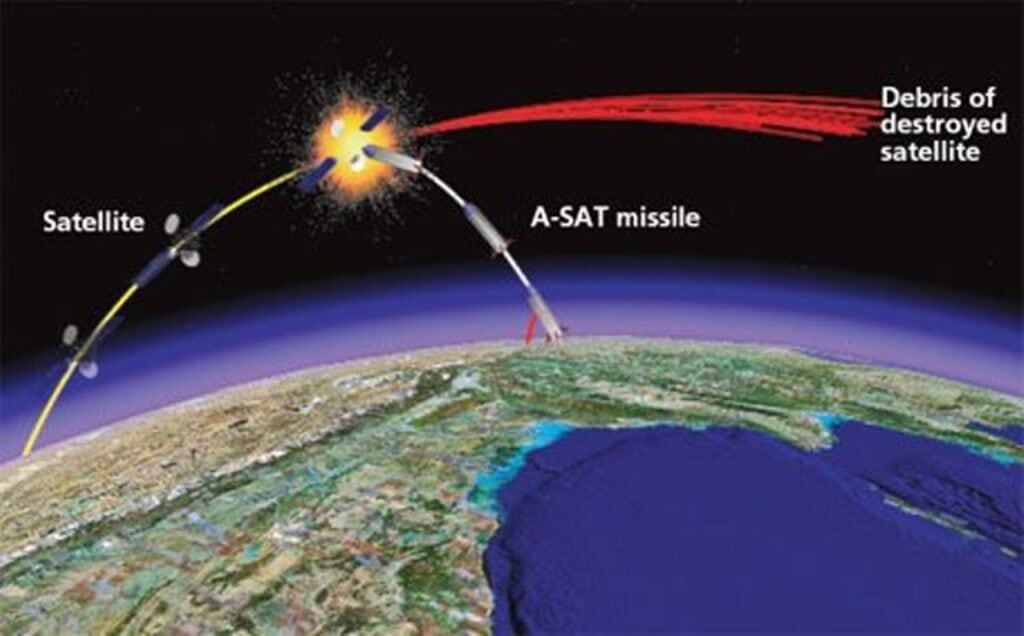
An ASAT of this type can virtually be anything that can reach altitude and that would be able to knock out a satellite by crashing with it. This type goes from ballistic missiles to drones [source] [source].
The technology behind KE-ASATs is indeed accessible to a greater number of states since it is based on ballistic weapons already in use. Apart from direct ascend missiles, the mentioned space-based type of weapons can also take the form of a co-orbital device. For instance, when a state equips a satellite with a payload and sent it to an intercepting orbit with another satellite [source].
The nature of kinetic physical attacks makes them easier to attribute and allows for better confirmation of success on the part of the attacker [source].
4.2. Non-Kinetic Physical ASATs
Countries carry out non-kinetic physical attacks from the air, low orbit or even ground installations [source]. We can distinguish the following types: electromagnetic pulses, high-powered lasers, and high-powered microwaves.
These attacks do not have high possible attribution levels. Thus, they often provide little evidence of success to the attacker [source].
4.2.1. Electromagnetic Pulse Attack
An example of this kind of ASAT attack would be a nuclear detonation in space, which by releasing an electromagnetic pulse (EMP) would have near-immediate consequences for the satellites within range. The high radiation environment resulting from the detonation also accelerates the degradation of satellite components in the affected orbits [source].
4.2.2. Laser-based weaponry
States use laser-based weapons as ASATs in 2 ways:
- to blind
- or to dazzle the target
A blinding attack is based on overheating the satellite sensors with a high-powered laser and causing permanent damage to them. Dazzling causes only short-term damage in order to create a gap in the satellite’s sight [source].
Satellite structures, thermal control panels, and solar panels are the most susceptible to overheating.
High-powered laser attacks, by leaving the targeted satellite disabled and uncontrollable, could also lead to collateral damage if the satellite begins to drift [source].
4.3. Electronic means of warfare
This non-kinetic form of ASAT weapons refers to the use of electronic means as warfare. This type of attack targets the means by which space systems transmit and receive data [source]. There are two types within this category: Jamming and Spoofing.
4.3.1. Jamming
Jamming uses radio frequency signals to interfere with communications. States may use this type of attack to block the signal received/ sent by satellite to interfere with communications or cause a loss of control over the satellite [source]. A jammer, in order to carry out an effective ASAT attack, must operate in the same frequency band and within the field of view of the antenna, it is targeting [source].
Unlike physical attacks, jamming is completely reversible. Since once the attacker decides to disengage the jammer, the target can restore its communications.
However and due to the fact that the source can be small and highly mobile and users operating on the wrong frequency or pointed at the wrong satellite may jam friendly communications; attribution of jamming can be difficult [source].
4.3.2. Spoofing
Spoofing is a form of electronic attack in which the attacker mimics a legitimate radio frequency signal to trick the target into locking onto the fake signal.
An attacker can spoof the command and control uplink signal to a satellite and take control of the satellite for malicious purposes.
While spoofing is generally reversible; if an attacker is able to take control of a satellite, and damages or destroys the satellite, then the attack is not reversible [source].
4.4. Cyberattacks
Countries may use cyber attacks to carry out different actions: intercept data, corrupt data, and seize control of systems for malicious purposes. These cyber attacks target the data itself and the systems that use this data.
Thus the three main types are:
- Data Intercept/ Monitoring
- Data Corruption
- Seizure of Control
Cyber attacks on space systems can not only lead to the loss of data and widespread disruptions, but it can also potentially lead to the permanent loss of a satellite [source].
Data Intercept/ Monitoring and Data Corruption are difficult to attribute (as hackers can successfully hide their identities using proxy servers). While a satellite operator may not be aware of these attacks when they occur, or even afterwards; the attacker will have near real-time confirmation of its attack’s degree of success [source].
Regarding seizure of control, this type of cyber attack is also hard to attribute and can be irreversible if the attacker gains complete control of the satellite and executes commands that are unrecoverable. However, unlike in the other two types, the operator will likely be aware of it. Seizure of control can cause collateral damage if the attacker disables the target satellite and leaves it drifting uncontrollably in orbit [source].
5. The current world’s multipolar structure is one of the triggers for ASATs proliferation
Unlike in the Cold War when the two superpowers were using outer space in a much more limited manner, mainly for a handful of strategic operations (such as arms control verification); in the nowadays dynamic multipolar world, competition and number of competitors have increased.
Due to the larger dependance on space by all major space powers (including for conventional military operations), the temptation for targeting each other’s satellites have exponentially risen.
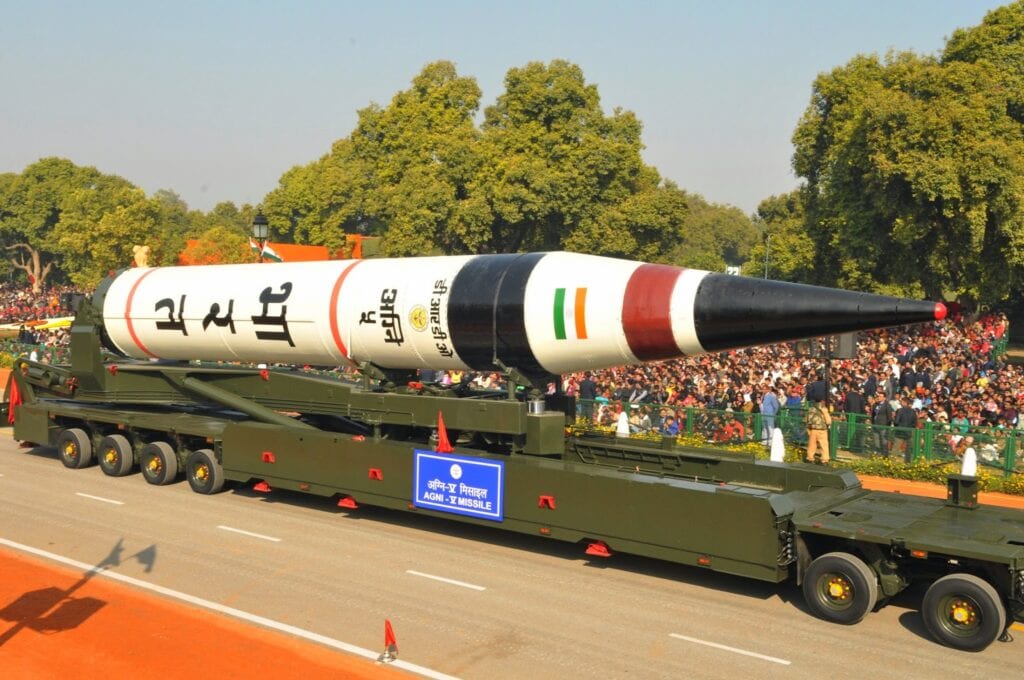
Thus, in this post-Cold War period great powers such as China and Russia have been analyzing the US dependence on outer space for conventional military operations. The mentioned two have indeed also developed their respective space capabilities. Thus, apart from these 3 states, India also joined the race by recently managing to carry out an ASAT test in the context of China’s growing space power since its first successful ASAT test in January 2007 [source].
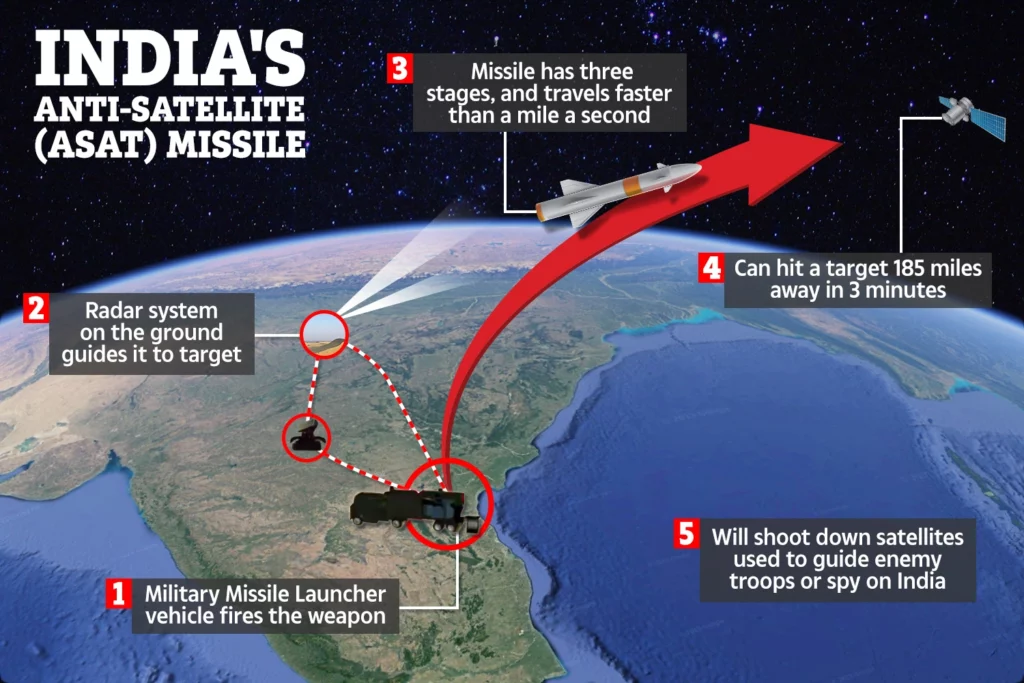
Finally and although it has not been demonstrated yet, Israel is another state that is thought to have the mentioned capability as well [source].
6. Main dangers of ASATs employment
The employment of ASATs carries with itself different great dangers that cannot be ignored.
6.1. The “Kessler Syndrome”
The so-called Kessler Syndrome refers to the process in which debris is permanently created as a direct result of an excessive quantity of space debris in orbit. This major danger that could potentially emerge by an increase in satellites and ASATs proliferation, was named after former NASA Scientist Donald Kessler who described this idea in his 1978 paper “Collision Frequency of Artificial Satellites: The Creation of a Debris Belt”. According to the latter and the co-author Burton Cour-Palais, the likelihood of satellite collisions would increase as more and more spacecraft were launched [source].

6.2. Rising regional insecurity and the security dilemma
Critics towards counter-space capabilities such as ASAT weapons have been also increasing. It is thought that instead of diminishing the threats faced by countries, the mentioned weapon’s proliferation has contributed to the acceleration of regional insecurities.
As a result, the development and demonstration of ASAT capabilities are leaving every party involved in this “competition” worse off (since tensions are step by step increasing between the 4 possessors). Finally, this mentioned dynamic added to the increasing feeling of vulnerability could create a security dilemma [source].
7. Conclusion
Not only is the absence of any kind of control regarding the development of ASAT capabilities but also the continuation of ASAT tests has led to a dangerous rise in space capabilities and junk.
Thus and despite the US becoming the first country to announce it was banning the use of missiles against satellites in April 2022; due to the worsening of international security, it is highly likely that more states (apart from Russia, China, India, the US and Israel) will pursue acquiring ASAT weapons.
Even states that have developed their space programmes for civilian purposes will also likely start introducing national security considerations.
Intelligence Cut-Off Date 18 December 2022

